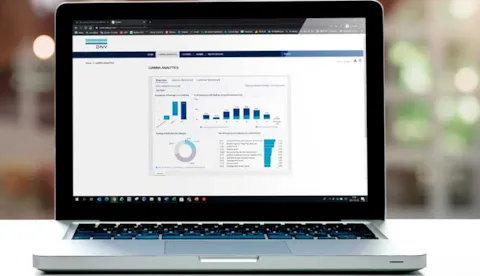Lumina™ upgrade helps companies ensure compliance
New features with insight on the most common root causes and corrective actions for nonconformities aids effective management system improvement paths.
For many companies, certification is only a ticket-to-trade, but they may be missing out. Companies going beyond compliance to develop high-performing management systems also improve how they manage risks and vital processes that contribute to business success. When done well, certification can build both stakeholder trust and aid continual improvement work before, during and after the audit itself.
“While the certification audit only takes place once per year, it provides essential insights to maintain and improve your management system during the other days. To support companies’ continual improvement path, we have developed a suite of digital tools for customers to leverage on our data analytics and management system expertise," says Stefano Crea, Global Market & Industries Director in DNV.
Lumina™ is one such digital tool developed by DNV to help companies derive more value from the certification process. It builds on analysis of audit data from DNV’s 70,000 customers worldwide supplemented by audit experience and expertise. The first version of Lumina was primarily a performance benchmarking tool. But this upgraded version comes with new features to help companies prepare for certification audits and close audit findings in a robust way.
Companies can still browse the Lumina dashboard to learn what the most common pitfalls for each management system standards are, which helps them focus efforts on the areas with the highest risk for nonconformities. The new version also supports the root cause analysis for the different nonconformities and provides a list of the most common fixes per clause and sub-clause.
A thorough root cause analysis is a step companies often take lightly or even skip. While they may be able to close the nonconformity, one-off corrective actions often prevent them from seeing the broader picture. Understanding any underlying structural issues with the management system enables more holistic and lasting improvements.
“Companies today face an ever growing set of demands and risks. A certified, high-performing management system can truly help companies not only meet compliance requirements but also manage risks, improve performance and apply governance to meet demands on SDGs or ESG performance and to ultimately build business resilience and reach business goals,” says Stefano Crea.


